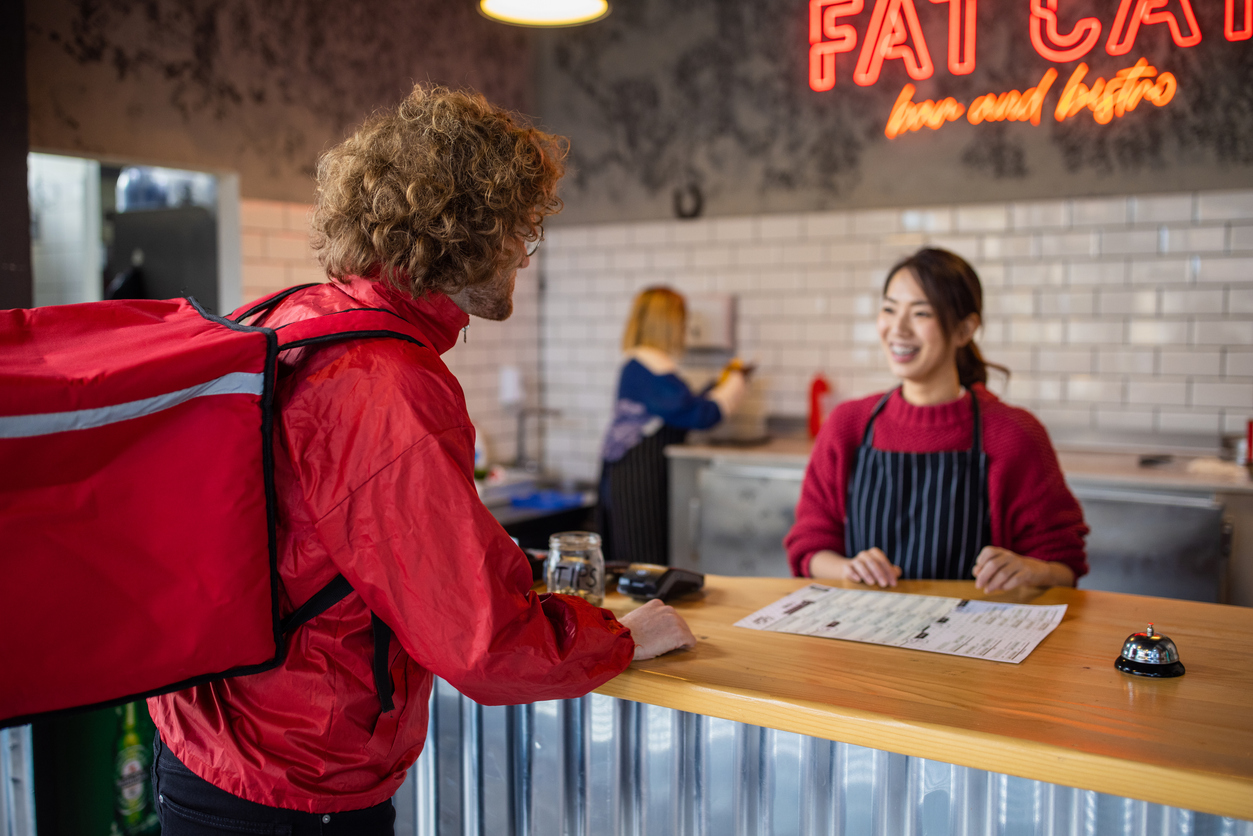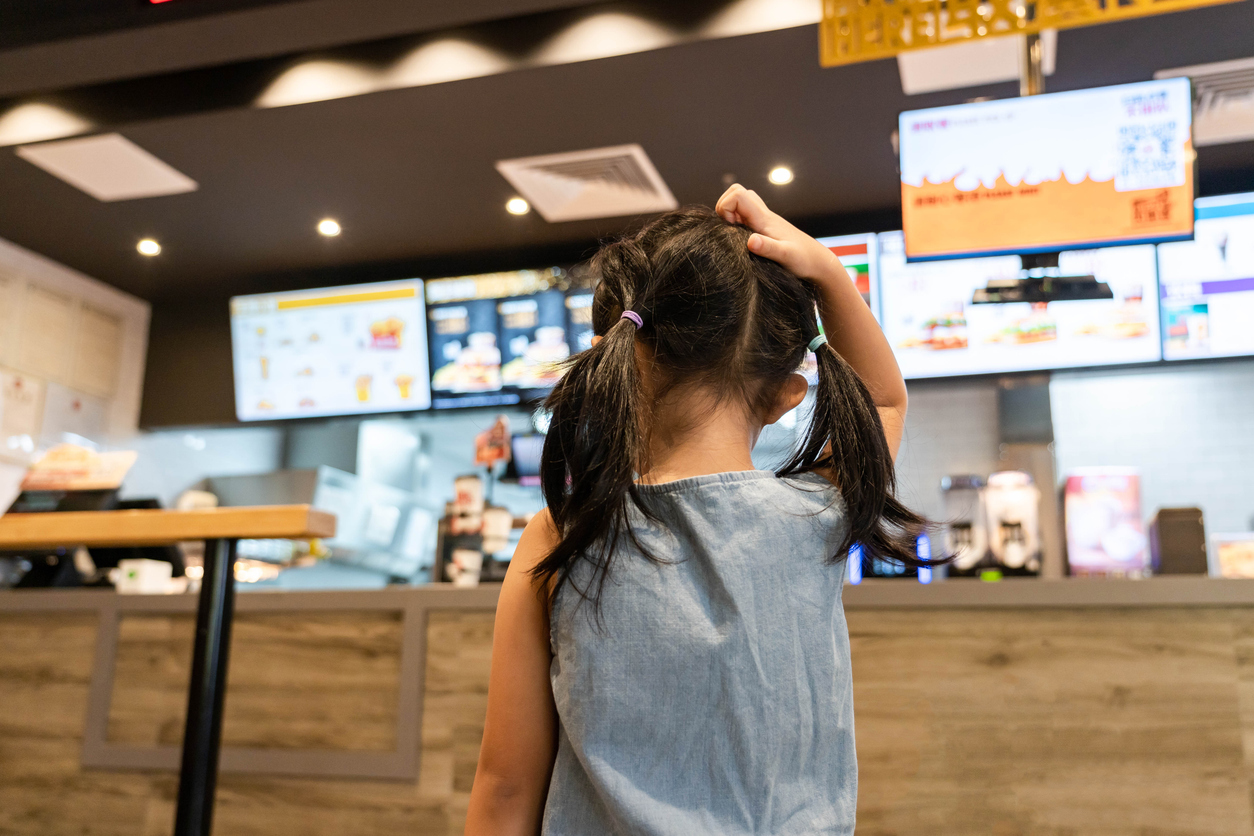In 2025, the restaurant industry is changing fast. It’s not just about serving tasty food anymore; it’s about creating great experiences and building strong relationships with customers. Today’s diners want more than just a meal—they expect personalized service, convenience, and a smooth dining experience.
To keep up with these new expectations, successful restaurants are moving away from old ways of doing things, like one-size-fits-all marketing and complicated ordering processes. Instead, they are using technology and data to understand their customers better and make smarter decisions.
Look at the key trends that will shape the restaurant industry in 2025. From digital solutions to a focus on sustainability, these insights will help you adapt and succeed in the changing landscape.
Trends "Ins" Restaurants Should Know About In 2025
As the restaurant industry evolves, several key trends are shaping how businesses operate and connect with customers. Here’s a look at the trends that restaurants should embrace in 2025.
Sustainable And Eco-Friendly Practices
More diners are looking for restaurants that care about the environment. Sustainable practices include using local ingredients, reducing food waste, and minimizing plastic use.
For example, some restaurants are now composting food scraps and using biodegradable packaging. By adopting eco-friendly practices, restaurants can attract environmentally conscious customers and contribute to a healthier planet.
Use Of Automation In Restaurants
Artificial intelligence (AI) and automation are changing the way restaurants operate. From chatbots that take orders to robots that deliver food, technology is making processes faster and more efficient. For instance, some fast-food chains use AI to predict busy times and adjust staffing accordingly. This not only improves service but also helps reduce costs.
Ultra-Personalized Dining Experience
Today’s diners want experiences tailored just for them. Restaurants can use data to understand customer preferences and create personalized menus. A restaurant might send special offers based on a customer’s past orders or suggest dishes that match their dietary needs. This level of personalization makes customers feel valued and encourages repeat visits.
For instance, The Spice Room in Chicago uses a smart loyalty program that tracks the customer's preferences and automatically adjusts the recommendations made to customers, and this has increased repeat shoppers by 40%.
Alternative And Plant-Based Menus
With more people choosing plant-based diets, restaurants are expanding their menus to include alternative options. This trend goes beyond just vegetarian dishes; it includes innovative plant-based meats and dairy alternatives.
For example, a burger joint might offer a delicious plant-based burger that tastes just like the real thing. By catering to diverse dietary preferences, restaurants can attract a wider audience.
Ghost Kitchens And Delivery-Only Models
Ghost kitchens, or delivery-only restaurants, are becoming increasingly popular. These kitchens operate without a physical dining space, focusing solely on delivery. This model allows restaurants to save on overhead costs and reach more customers through delivery apps.
For instance, a popular restaurant might open a ghost kitchen in a new area to serve more customers without the expense of a full restaurant.
Immersive Dining
Immersive dining experiences are all about engaging the senses. Restaurants are creating unique atmospheres that transport diners to different worlds. This could include themed decor, interactive performances, or even virtual reality experiences.
For example, a restaurant might host a dinner where guests are surrounded by a digital forest, enhancing the meal with sights and sounds that match the theme.
Dynamic Pricing Strategy
Dynamic pricing is a strategy where prices change based on demand. This approach allows restaurants to adjust prices during peak times or special events. This trend has helped restaurants have a 25% profit during peak hours, and it also helped attract more customers during low periods.
For example, a popular brunch spot might raise prices slightly on weekends when demand is high. This strategy can help maximize profits while still offering value to customers during quieter times.
Outdated Trends Going "Out" In 2025
As the restaurant industry evolves, some old trends are becoming less popular. Here’s a look at the outdated practices that restaurants should leave behind in 2025.
Traditional Printed Menus
Printed menus are becoming a thing of the past. Many diners prefer digital options that are easy to update. With QR codes, customers can view menus on their phones. This not only reduces paper waste but also allows restaurants to change prices and dishes quickly.
A survey found that 70% of customers prefer digital menus for their convenience. Digital menus allow instant price and menu item updates, save on printing costs, provide interactive features like nutritional information and allergen alerts, and let restaurants display high-quality images and videos of food, which improves the order experience.
Cash Only Payment Options
Cash-only restaurants are losing customers. More people are using contactless payments, credit cards, mobile payments, and apps to pay for their meals. Accepting only cash can turn away potential diners who prefer the ease of digital payments. A study showed that 80% of consumers prefer cashless transactions. Restaurants that embrace modern payment methods will attract more customers.
Large, Fixed Menus
Having a large, fixed menu can overwhelm diners and lead to food waste. Instead, restaurants are shifting to smaller, seasonal menus that focus on fresh ingredients. This approach allows chefs to be creative and adapt to what’s available.
For example, a farm-to-table restaurant might change its menu every month based on local produce. This not only keeps the offerings exciting but also reduces waste.
Generic And Unpersonalized Service
Today’s diners want a personal touch. Generic service is no longer enough to keep customers coming back. Restaurants should focus on building relationships with their guests. This could mean remembering a customer’s favorite dish or offering personalized recommendations.
A study found that 86% of customers are willing to pay more for a better experience. Personalized service can lead to loyal customers and increased sales.
Single-Use Plastics And Wasteful Packaging
Environmental awareness is changing the restaurant packaging scenario. Single-use plastics and wasteful packaging are being substituted with biodegradable and reusable containers. Restaurants that have opted for environment-friendly packaging get good responses from customers and higher brand loyalty.
Formal Dining Experiences
Formal dining experiences are becoming less popular as people seek more casual and relaxed environments. Diners now prefer places where they can enjoy good food without the pressure of strict dress codes or formalities. Restaurants that offer a laid-back atmosphere, like food trucks or casual bistros, are thriving. A survey found that 65% of diners prefer casual dining experiences over formal ones.
How Restaurants Can Adapt To 2025 Trends

As the restaurant industry evolves, adapting to new trends is essential for success. Here are some effective strategies that restaurants can implement to stay ahead in 2025.
Using Technology For Efficiency
Technology can streamline operations and improve efficiency. Restaurants should invest in:
- Modern POS systems that integrate with online ordering and delivery platforms.
- Mobile order-and-pay apps
- AI inventory tracking and management systems
- Tablets for taking orders can reduce wait times and minimize errors
- Implementing AI chatbots for customer inquiries can enhance service
By embracing technology, restaurants can operate more smoothly and provide a better experience for diners.
Enhancing Customer Engagement And Loyalty
Building strong relationships with customers is key to long-term success. Restaurants can enhance customer engagement by using loyalty programs and personalized marketing. For example,
- Sending targeted promotions based on past orders can make customers feel valued.
- Social media is another powerful tool for engagement. By sharing behind-the-scenes content, special events, and customer stories, restaurants can create a sense of community.
A study found that 70% of consumers are more likely to return to a restaurant that engages with them online.
Menu Optimization For Profitability And Demand
Optimizing the menu is crucial for profitability. Restaurants should analyze sales data to identify popular dishes and seasonal ingredients. This allows them to create a menu that meets customer demand while minimizing waste.
For example, a restaurant might focus on a smaller, rotating menu that highlights fresh, local ingredients. Additionally, offering limited-time specials can create excitement and encourage repeat visits. By optimizing the menu, restaurants can increase profitability and keep customers coming back for more.
Strengthening Online And Delivery Presence
A strong digital presence is no longer a choice. Restaurants should ensure their websites are user-friendly and mobile-optimized for easy ordering. Partnering with multiple delivery platforms can expand reach and attract new customers. Additionally, restaurants can promote their delivery services to reduce reliance on third-party apps.
A report found that 60% of consumers prefer ordering directly from restaurants rather than through delivery apps. By strengthening their online and delivery presence, restaurants can boost sales and enhance customer satisfaction.
The Future Of Dining – Staying Ahead In 2025 And Beyond
Restaurant success today is only possible in terms of their ability to adapt and innovate. All these trends are not a passing flash in the pan but are a revolution in how restaurants work, on how consumers are going to be served. Embrace such trends and join hands with digital solution providers like Checkmate, to create effective, sustainable, and profitable operations while fulfilling what their customers want.
To stay competitive, with Checkmate, restaurant owners must:
- Implement AI-driven analytics
- Smart inventory management
- Integrate various delivery platforms
The future holds restaurants that combine innovation with traditions, efficiency with quality, and profitability with sustainability. Book a demo today at CheckMate and get ahead of the curve in 2025 by utilizing our digital restaurant solutions!





